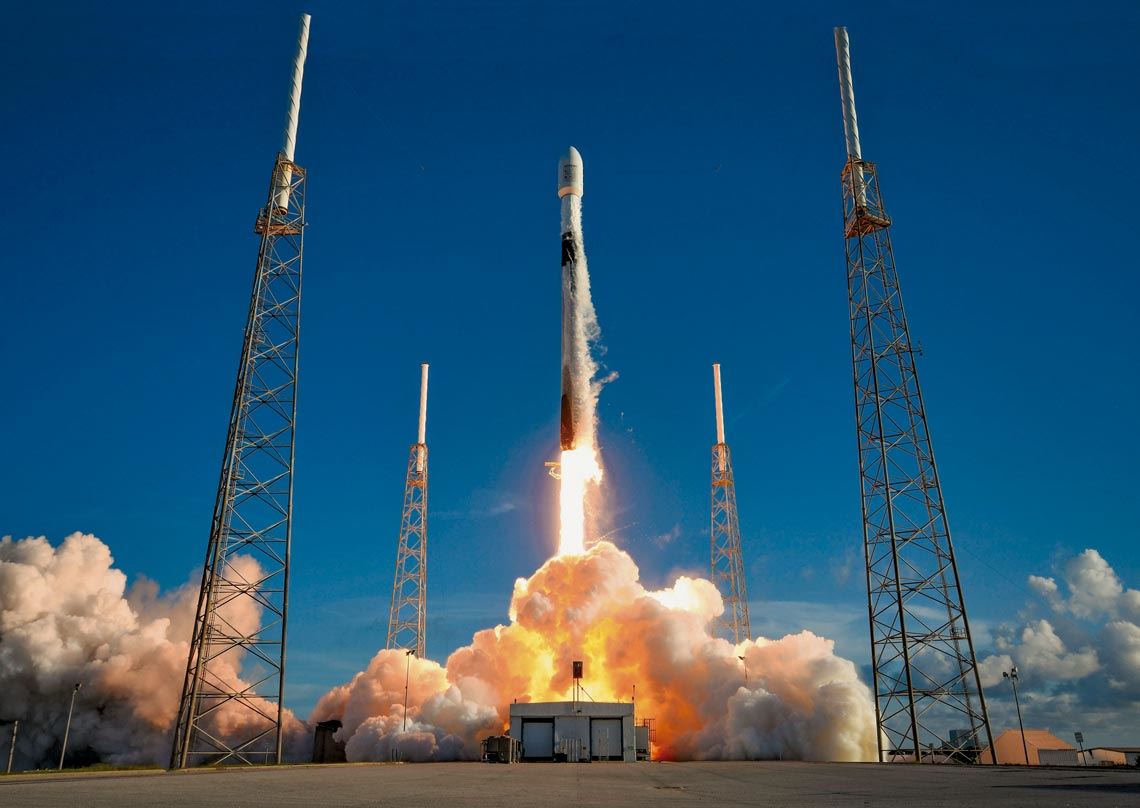South Korea sent its first mission to the moon on August 5. Containing five research instruments, the Korea Pathfinder Lunar Orbiter (KPLO) satellite, officially named Danuri—a portmanteau of the Korean words “dal” (Moon) and “nurida” (enjoy)—was launched into space from Cape Canaveral, Florida, aboard a SpaceX Falcon 9 rocket. About an hour after liftoff, Danuri disconnected from the rocket and the command center at the Korea Aerospace Research Institute (KARI) took over the mission. To reduce the amount of fuel used, the satellite is following a longer trajectory than usual—it is scheduled to reach the Moon’s orbit in mid-December, rather than within the normal time frame of a few days. The satellite will remain roughly 100 kilometers above the lunar surface. Over the following year, Danuri will attempt to create more accurate maps of water, uranium, helium, and silicon sources, among other chemical elements, as well as producing a topographical map to help in the selection of future landing sites.
RepublishAstronomy
Korean Mission to the Moon

The rocket carrying the Danuri satellite is launched from Cape Canaveral
Spacex

